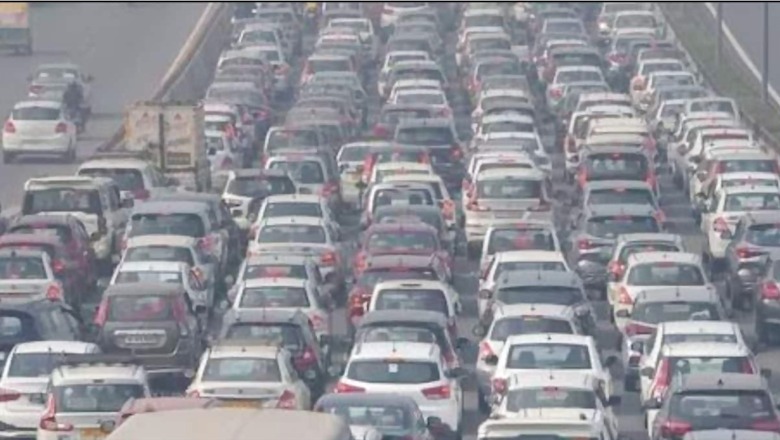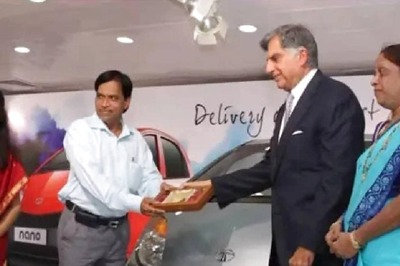
views
Road and transport minister Nitin Gadkari wants the Indian vehicle makers to junk diesel. His advice makes eminent sense. Paris, which will be hosting the Olympics next year, has already announced a ban on diesel cars from 2024 besides transitioning to buses powered by clean fuel. In London, the share of diesel cars has fallen to low single digits as electric vehicles have become the preferred choice of new buyers.
Globally, the move towards vehicles powered by green fuels has gained momentum. While India is also shifting towards electric vehicles and alternative fuels, the transition can surely be accelerated. In any case, tighter emissions norms have already led to the shrinkage of the share of diesel vehicles in the domestic market over the last decade and this trend will only get accentuated in the near future. So, Gadkari’s exhortation is merely a mirror to the future.
Speaking at the annual conclave of the automotive industry, Gadkari had alluded to the growing menace of pollution and the contribution of diesel to India’s hefty fuel import bill to justify his demand for stepping off the diesel vehicle pedal. He had also said he would recommend the levy of 10% additional GST on diesel vehicles to the finance ministry to disincentivise their production and use, but later clarified that currently there is no such proposal. Already, diesel vehicles are heavily taxed at nearly 50% and they find favour with a section of vehicle buyers due to their better fuel efficiency compared to petrol vehicles.
As the world’s third biggest automotive market, India carries a disproportionate burden of vehicular emissions due to the diesel preponderance. Most commercial taxis still operate on diesel, Indian trucks continue to spew diesel fumes on highways and crowded markets and large Sports Utility Vehicles (SUVs) as well as private cars also use diesel. To be sure, technological advances have continuously made diesel vehicles cleaner, with reduced emissions, but they are still major culprits when compared to petrol and green fuel vehicles.
In any case, Gadkari’s diesel dare is nothing new, he has been a proponent of green fuels such as ethanol for a long time. Some years ago, he had famously said India’s automotive industry would go all electric by 2030. The minister may appear overenthusiastic in setting emission goals but his nudges have worked in the past – India has accelerated the adoption of electric vehicles, and, as per data available with the ministry of road transport and highways’ Vahan portal, over 6% of all vehicles registered in India in 2023 to date have been electric vehicles.
Vahan data also shows that of the total vehicles registered in calendar 2023 to date (1,57,07,831 or nearly 1.6 crore vehicles), about 11.35% were diesel powered. The percentage of diesel vehicles has increased slightly compared to last year. Of the total vehicles registered in calendar 2022, (2.15,56,242 or 2.15 crore), 2,344,050 or about 10.9% were diesel. So, on an average, nearly every 10th vehicle registered across India is still powered by diesel.
















Comments
0 comment